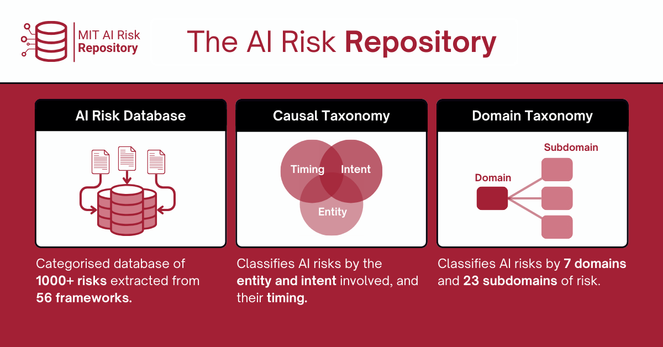Microsoft’s AI red team has tested over 100 generative AI products and uncovered three essential lessons. First, red teaming is the starting point for identifying both security vulnerabilities and potential harms as part of responsible AI risk management. This includes spotting bias, data leakage, or other unintended consequences early in product development Second, human expertise is indispensable for addressing complex AI threats While automated tools can detect issues, they can’t fully capture the nuanced misuse scenarios and policy gaps that experts can identify Third, a defense-in-depth strategy is crucial for safeguarding AI systems Continuous testing, multiple security layers, and adaptive defenses collectively help mitigate risks, as no single measure can eliminate vulnerabilities in ever-evolving models. By combining proactive stress testing, expert analysis, and layered protections, organizations can better navigate the opportunities and challenges presented by generative AI. - LLM Summary
https://www.microsoft.com/en-us/security/blog/2025/01/13/3-takeaways-from-red-teaming-100-generative-ai-products/
#ai




